Decline of Bodybuilding Physiques in the Modern Era
Some argue that bodybuilding is stagnating. They feel that there is a decline in bodybuilding physiques. Despite all the advancements, some feel that bodybuilders of yesterday looked better. In this article we will take a look how modern bodybuilding is changing.
There are certainly more people in weight lifting than there were 30 years ago. So one would think that with a bigger pool bodybuilding would be improving. However when you look at the depth of current talent. It certainly does not have the same depth of competition as in the past.
Take a look at the lineup of some amateur bodybuilding shows in the 90s. You will see that they had more quality competition than the current Olympia.
So, what exactly has happened with Bodybuilding?
Turning Pro
Most old-school bodybuilders turned pros in their early 20s. Take Lee Priest as the perfect example, who tried to get his Pro card when he was 19. He was declined due because he was deemed too young. Lee had to wait a year until he was able to get it.
The 90’s bodybuilders also retired in their early to mid-30s (with a few exceptions). Today bodybuilders do not turn pro until they are in their 30s.
So why exactly do they need so much additional time to get to the competitive level?
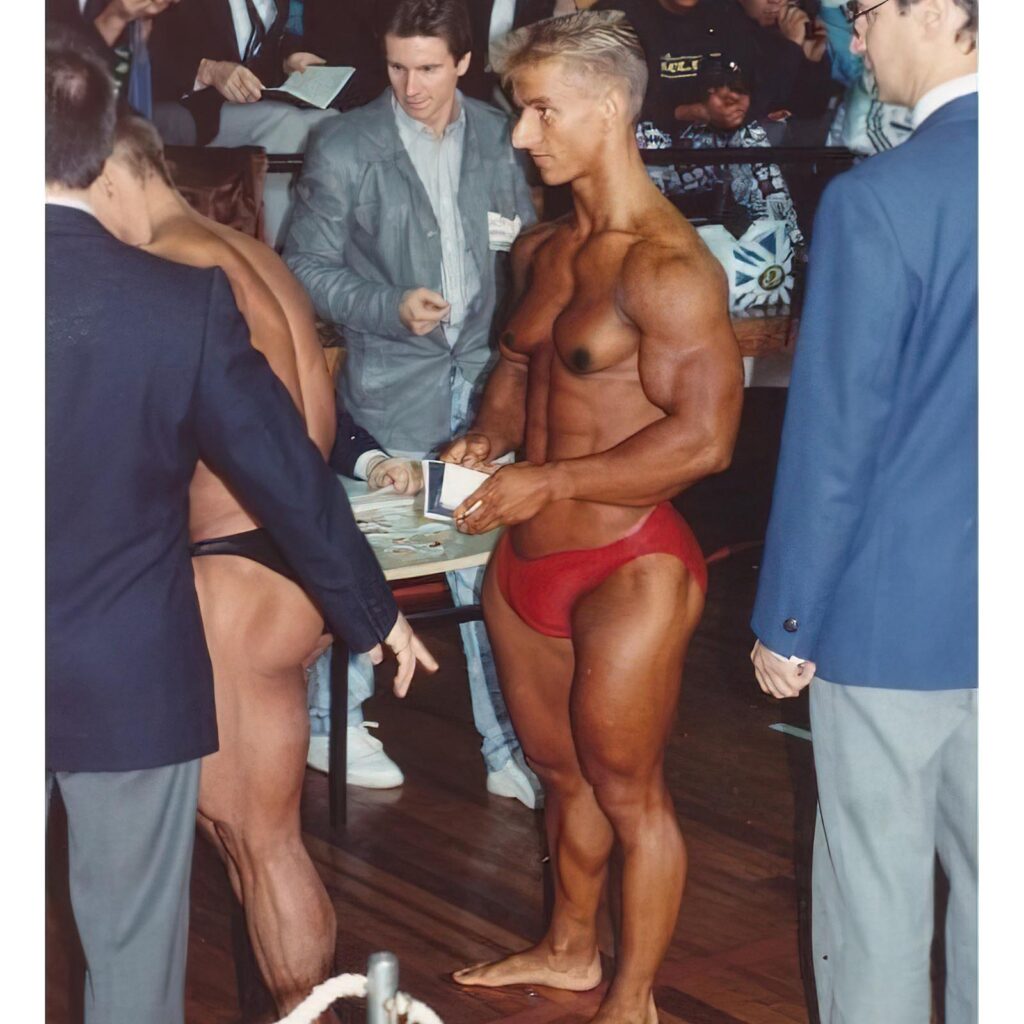
Drugs
It is always drugs, isn’t it? There can be no discussion about bodybuilding without touching upon this subject.
I am not sure where exactly the pressure comes from. Is it pressure from social media or pressure from your fellow competitors which forces a lot of today’s bodybuilders to go hard on the PEDS (performance-enhancing drugs). There seems to be a rush to pack up as much muscle mass as they can in the shortest amount of time.
The sports “medicines” are also far more advanced and varied. In the right circles, they are readily available for those who want to pursue their bodybuilding career.
Using Sarms and peptides as an example, they are being advertised as a healthy alternative to conventional steroids. Based on the fact they simply are not steroids.
There is no real research about them. Presently there are no long-term studies to investigate the adverse effects of prolonged use. Without these long-term studies, we cannot be sure if they are worse for you than traditional steroids.
The other problem with PEDs is that you do not know whether they are coming from a reputable supplier. The source ingredients often come from unknown sources in China and could be mixed up locally in someone’s garage. There are no checks and balances in place.

Under Training and the Decline of Bodybuilding Physiques
Some of the old-timer training methods could be interpreted as extreme or as overtraining. They did work and produced some of the best physiques we still talk about and reference to this day.
According to Lee, today’s bodybuilders do not really train as much as they did back in his day.
There is a tendency to get your workout complete as quickly as possible. Instead of taking your time and focusing on the quality of the training.
Lee does not really agree with the mentality of today’s bodybuilders and their 45-minute training regime.
Let us just say that you wake up at 5 am, get through your 45-minute workout, and then sit all day. The mentality is that you do not want to lose your precious Gainz by moving unnecessarily. Is sitting around all day, consuming loads of food, beneficial to your physique or long-term health?
Back in Lee’s competing days, many of his fellow pro bodybuilders used to train twice a day. One muscle group in the morning and the other in the afternoon.
In between you either ate, slept, or went for a walk. Some even had a job!
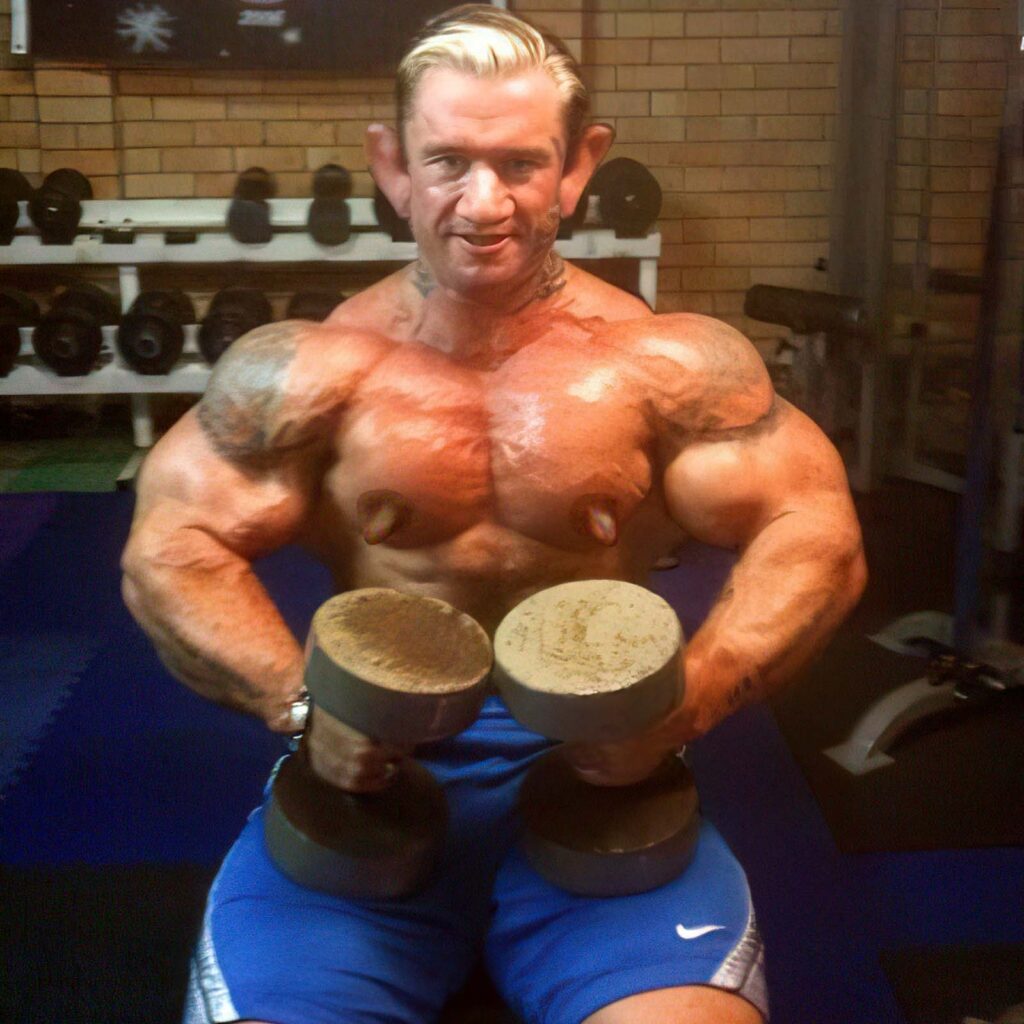
Quality of Physique
Mass monsters have been dominating the Mr Olympic stage for quite some time now. Well at least in the eyes of the judges.
As impressive as their ability to hold muscle mass may be, they do not look as good as the previous generation.
You still had mass monsters in the 90’s like Dorian Yates, Paul Dillet, Nasser El Sonbaty and Markus Ruhl. Or the up-and-coming Matt Grimshaw. These guys were units, and some would argue they still had better symmetry. They did not appear as blocky as some of the bodybuilders now. They had more of a defined/dense 3D look to them.
In the hands of the Judges
It is quite a simple fix according to Lee Priest. If they want to steer away from a particular type of physique and bring it back to the Classic Physique type of level, all they need to do is stop rewarding these massive physiques that are not healthy for the athlete or the sport in the long term.
There are no real guidelines in bodybuilding. It is not like you can build your body to specifications and that will earn you the Olympia crown.
As an athlete, you will be aiming to build a physique that will be better than last year’s winner. In theory, your fellow competitors will be doing the same. And if the winner is a mass monster, you will do your best to add as much muscle mass as possible and hopefully dial it in on the day of the show. No wonder the competitors are getting so much bigger.
To change things, the judges just must put the guys who look a tad freakish, but without the condition or symmetry, down the list. Conversely, bump up the guys who look more symmetrical and healthier to the top and you will quickly see a change in the bodybuilding.
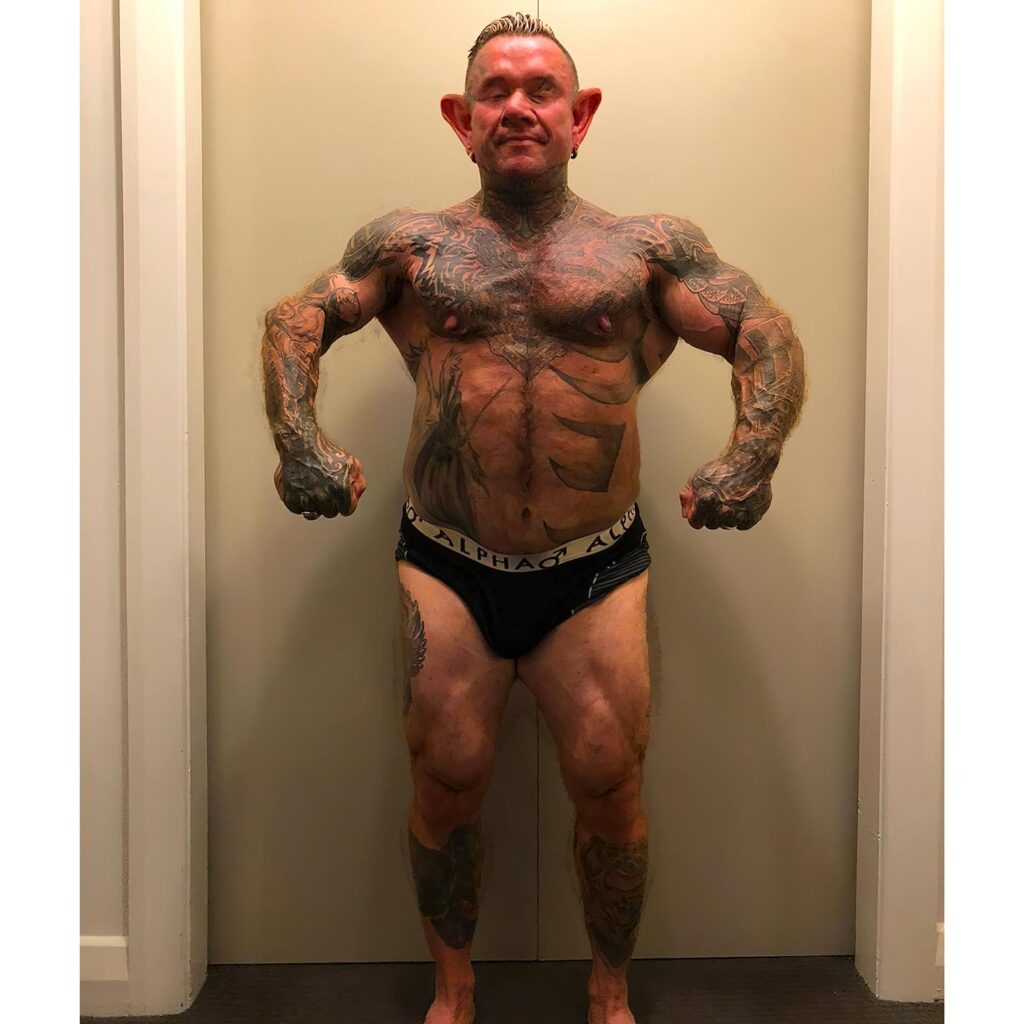
Bigger Isn’t Always Better
Not everyone can stack up as much muscle mass as Dorian Yates, Ronnie Coleman, Mamdouh Elssbiay, Paul Dillet, Matt Grimshaw, or Jay Cutler and still maintain the symmetry. There will be greater competition if these smaller guys who have outstanding symmetry and condition can be duly rewarded.
Let us just say the bodybuilder weighs 215 lbs and he sees someone like Ronnie Coleman and decides to push his weight to 240 lbs. At the end of the training cycle, his arms and legs did not get that much bigger, but his midsection did.
So, all this extra weight did not make him look bigger, in fact, it made him look smaller as he no longer has that V shape.
Depth of Field
One of the most unusual things for the spectators and both athletes right now is the depth of field you had in the 90s.
Take the lineup of the 1997 Ironman Pro Invitational as the perfect example:
- Ken (Flex) Wheeler.
- Lee Priest.
- Ronnie Coleman.
- Aaron Baker.
- Paul Dillett.
How would this lineup compare to a modern Olympia field?
And this is what Lee is referencing when he is talking about the depth of field of the competition in the 90s. Any of these guys could have won the competition, the stage was extremely competitive.
It seems like today they choose the shows where they have the least amount of competition, so they could add the W to their medal tally. This brings down the standard of the competitions and is detrimental to bodybuilding.
Often the top three competitors might be closely matched but then there is a large disparity between the top three and the rest of the field.
This could be pinned on the inactivity of bodybuilders. Most of the current Pro Bodybuilders compete once or twice a year, while the 90’s crew were competing frequently throughout the year. Lee has some fantastic stories about European tours where some of the best bodybuilders of all time were competing in shows back-to-back.
Just have a look at the number of competitions Lee Priest, Paul Dillett, and Chris Cormier participated in 1996-1997. That is more shows in two years that the current Mr. Olympia Mamdouh Elssbiay has done in his whole professional bodybuilding career.
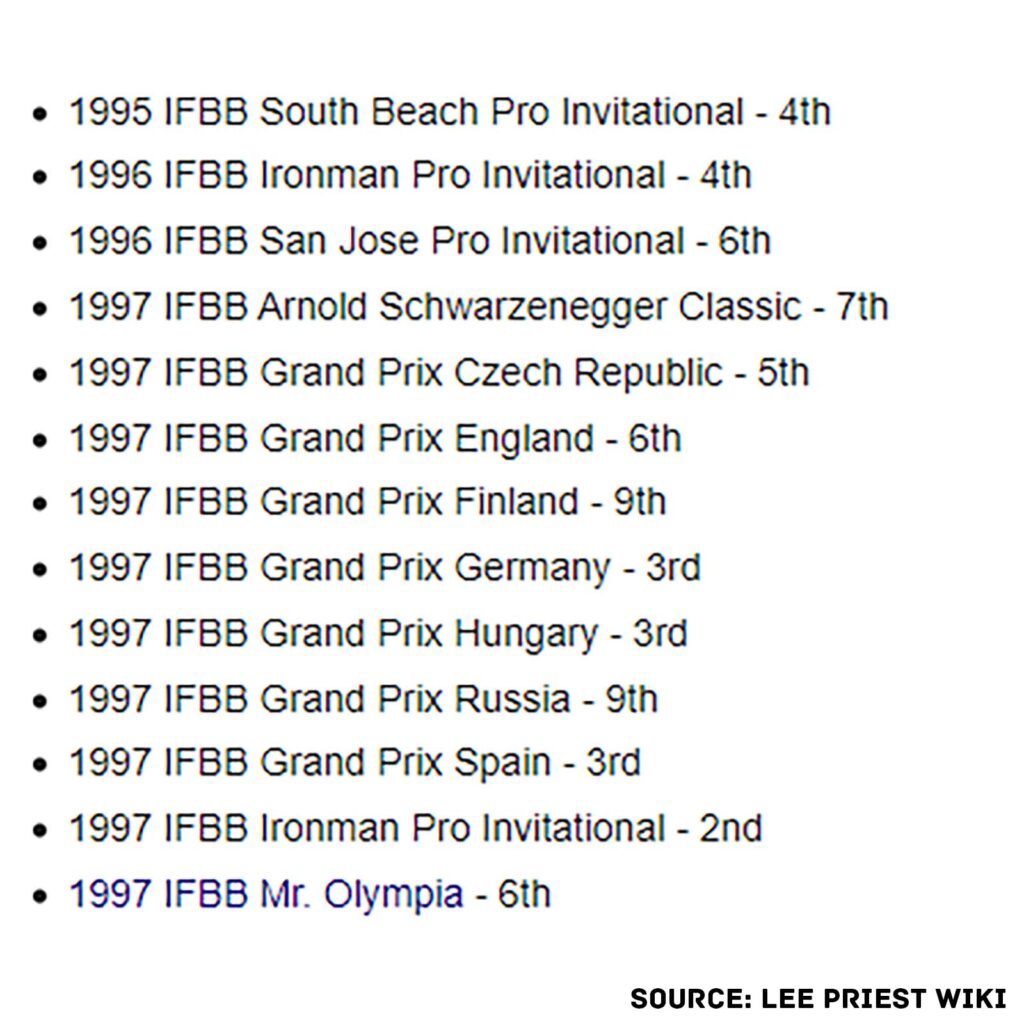
No Downtime
Bodybuilding is one of those sports where you simply cannot lose momentum. If you stop training and eating the required number of calories, you will start losing your gains.
So, to get to the top of the food chain, you will have to spend years training and eating like a madman, as well as pumping a ton of drugs into your system to try and speed up that process.
And when you reach the top, you will still have to train and eat like a madman while continuing to pump enormous amounts of steroids into your body.
Can you still make money in Bodybuilding?
Sadly, very few people competing in bodybuilding today can make a decent full-time living. Even fewer make enough money to compensate them for the toll that this occupation takes on their body.
You must win top shows like Mr. Olympia or Arnold Classic. Equally as important you must be marketable and have a sizeable social media footprint to leverage this success.
Whilst weight training is hugely popular throughout the world and has increased dramatically over the last few years, professional bodybuilding has failed to capture this growing audience. While ever it is a niche sport, bodybuilding will never be able to capture the sponsorship dollars required to pay the athletes more.
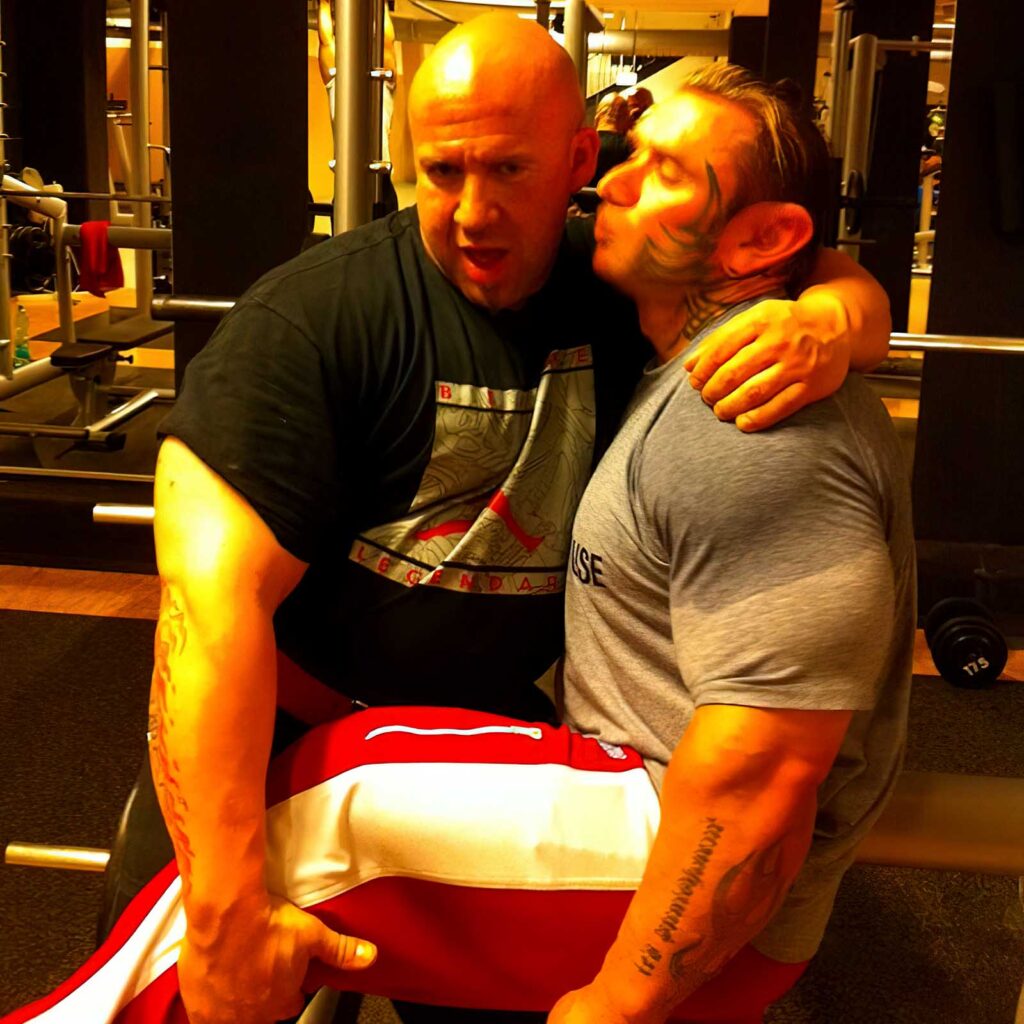
Perhaps that is one of the reasons why you see many professional bodybuilders going into different venues in an attempt to generate some additional cash flow.
Bodybuilders are Independent Contractors
Lee touched on his suspension from IFBB and the hypocrisy of being an independent contractor.
“I could understand if IFBB was paying me like $100,000/year to stay in IFBB.”
“If you go somewhere else to compete and get suspended because you are under contract with the IFBB, but we are independent contractors, and I am paying you money for my Pro Card to be given an opportunity to compete in your shows and make money.
If I made money, Thank You, but if I do not, you have not really done anything for me really. It has cost me money to compete in your event.”
That is the problem with most fringe sports federations. They are trying their hardest to retain the members while charging their athletes membership fees to administer the sport. To protect this income, they threaten members with suspension if they compete in other federations. This may benefit the federation but is hardly fair to the competitor and is not beneficial to the sport.
What could have been what?
Lee talks about choosing bodybuilding at an early age, he was already competing at the age of 13 and won the Australian Open Bodybuilding Championship at the age of 17.
He had both the genetics, discipline, and the drive to succeed in sports at an international level.
Lee wondered if he could have entered another sport like Tennis or Cricket and had similar success in those sports. Both the money, health, recognition, and respect would have been significantly higher than his choice.
You can be the most accomplished bodybuilder like Ronny Coleman, Phil Heath, Matt Grimshaw, or Dorian Yates and to the average person walking down the street, you will be called a steroid abuser.
There is no respect for the 20-30 grueling years you have spent in the gym working your ass off and all the sacrifices you made to get to that point.
You can be a footy player who drinks, does drugs, abuse women and you will still be considered a national hero if you perform on the field.
What is the future of Bodybuilding?
In Lee’s words, it seems like bodybuilding is not progressing anymore. That can be seen by the number of shows the Pro’s participate in every year, and by the crowds the shows draw.
In the past you had some sort of hype when it came to the bodybuilders battling it out on the stage, people used to buy fitness magazines and look forward to the shows.
But now the whole market is saturated. You have countless pro bodybuilders having their own podcasts, supplement and clothing lines, and training programs.
To get to the competitive level, you need to be properly committed, I mean the number of drugs, time, and money you need to get to the pro level is simply no longer worth the reward you are going to get from it.
There is not a lot of bodybuilding, it is not like you could get to the top level and stay there for 6-7 years and then comfortably retire. Most of the current pro bodybuilders must compete to keep the money coming in and end up ruining their health and dying young because of it.
Bodybuilding For the Love. Not Money
It does not take a financial genius to realize that you can make much more money in other sports, take something like NFL or even golfing as a perfect example. It is either the team who is going to be paying you big bucks or the sponsors who are going to pay you a massive amount of money.
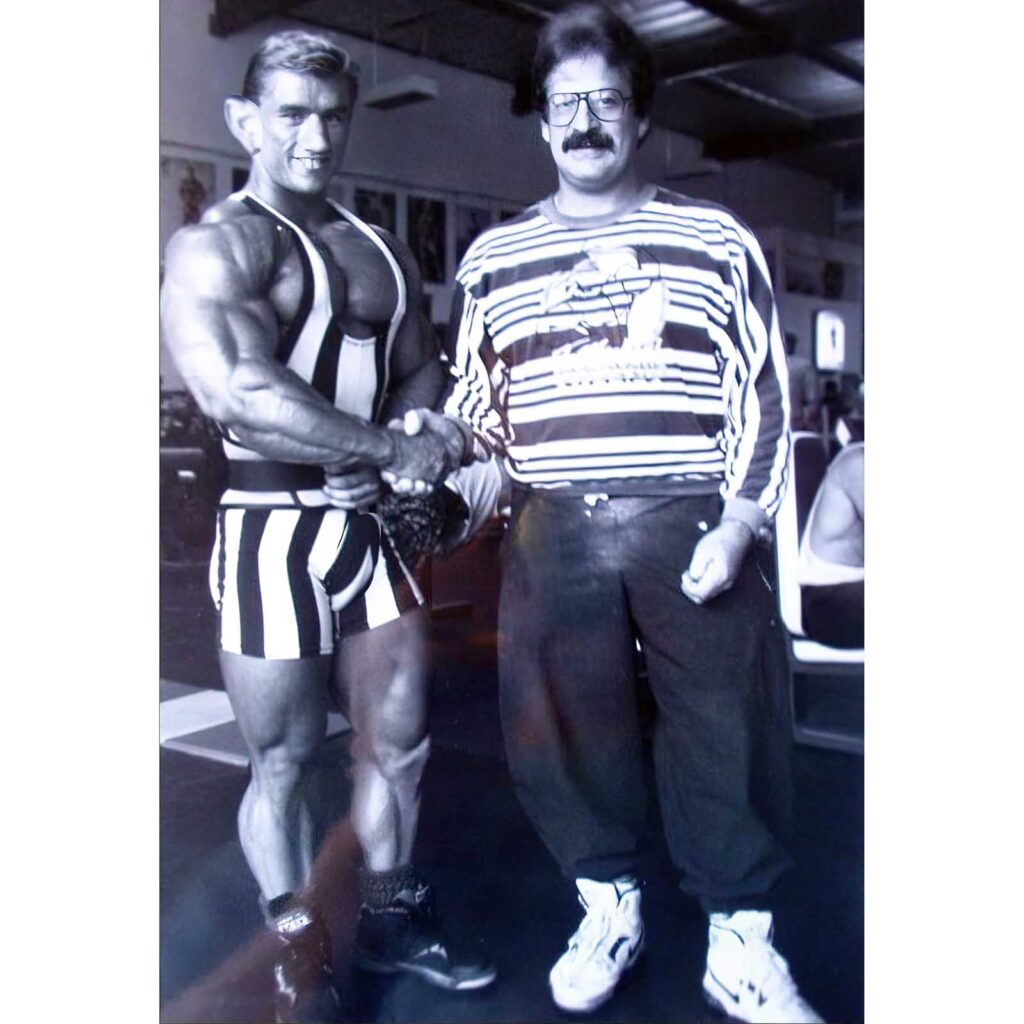
Not to mention all the extra caveats you have associated with those sports. Like team doctors, if the player collapses during a match, they will be examined by the team doctors who do have state-of-the-art equipment.
What happens if a bodybuilder collapses? Well, you might be lucky and have a Schmoe who is willing to render first aid. If it is serious, you will be shoved in the back of the ambulance and sent to ER. You are on your own.
Should you get into Bodybuilding?
I believe that there should be a distinction between professional and amateur when discussing bodybuilding.
Amateur level bodybuilding could be extremely beneficial for your health, both long-term and short-term. If you are not in it to make money, there is no incentive to destroy your body with food, “medicines”, supplements, and backbreaking training routines.
The whole goal of bodybuilding should be to promote a healthy lifestyle and seek to improve and or maintain your physique in every workout. If you find this rewarding and enjoyable, and you have decent genetics then go compete.
Sadly, professional bodybuilding is not worth pursuing anymore, from a financial sense. Maybe if you had the freakiest of genetics and you could obtain an outstanding physique without abusing your body, it would be worthwhile.
However, if judges began rewarding more healthy physiques, which in turn attracted sponsorship dollars, professional bodybuilding may once again become more attractive. Even hardcore mass monster fans would surely appreciate a smaller guy stepping on stage with a tiny waist in outstanding condition.
